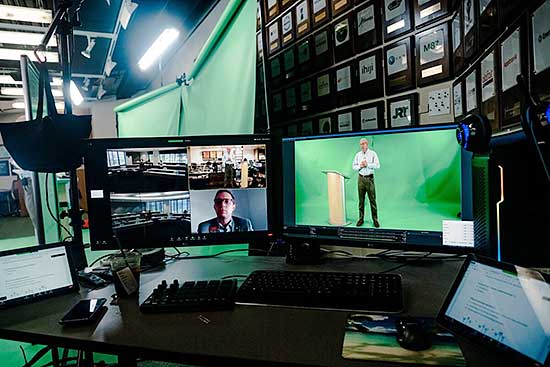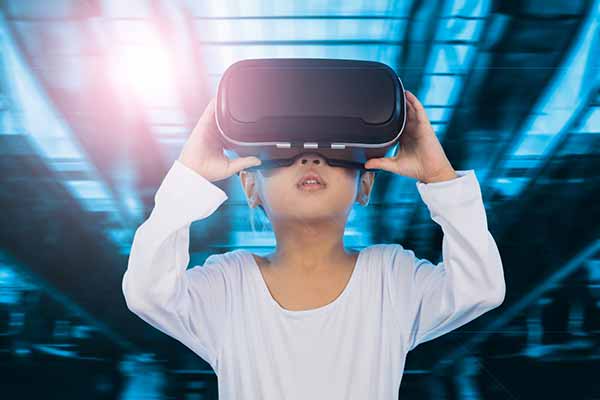
The coronavirus pandemic has brought several challenges to our lives. And in order to address those troublesome circumstances, people have started making the best use of the latest technologies. One such example is hologram technology by professionals in Texas.
In order to create a safe classroom environment for students during the Covid-19 pandemic, they launched a creative solution of beaming the professor to the classroom in the form of a hologram.
The McCombs School of Business at Austin recently established a connection with a Contextual Content Group in Austin, and they created a brand-new 3D immersive video solution for the intuitive learning experience. This new system combines hybrid, in-person, and online teaching experiences to deliver interactive, engaging, and valuable distance learning experience.
Joe Stephens, the director and senior assistant dean at McCombs School of Business, recently said in an interview that the teams here were eager to make the digital learning experience much better. He revealed that authenticity, curiosity, tenacity, and enterprise are the four pillars of the system at McCombs, and they took the initiative to utilize these pillars more creatively during this pandemic.
The Recourse platform launched by the school is currently being used by the accounting professor Steve Limberg to handle his Executive MBA class. Reports reveal that he is the first most faculty member in the school to adopt this technology. Limberg, while interacting with media, said that this new system is very reliable, and it leads to an authentic experience as he can see all the nuances and gestures made by the students. It is more like a real classroom where students can interact, raise their hands and enjoy active learning sessions.
This pandemic has created a new opportunity for the McCombs school and University at Austin to help students learn during the entire semester of the year 2020. It was also a reliable way to follow social distancing measures as guided by medical health professionals. The new Hologram based teaching practices made it possible to collaborate online while keeping students and professor safe.
Jim Spencer, the CEO of Contextual Content Group, recently revealed that this technology is very robust, and it has a long way to go. While developing this concept, the main goal was to help professors teach safely with socially distanced experience. As students and professors were not able to join the classroom physically, the online virtual experience could lead to enhanced returns. And the great news is that this new technology is working fine and is currently in use.
The technology is a good fit not just for the pandemic duration; rather in the long run for the McCombs School of Business. The professionals here are even looking for some ways to expand it further to enhance teaching-learning experiences.
Such inventions can make student’s life easier while helping them stay in touch with the professor virtually. They can discuss their doubts, queries, and new ideas openly via hologram technology. What does the future hold for this technology? Well, hologram students in the classroom as well.
Citation
https://news.utexas.edu/2020/09/17/hologram-technology-to-launch-classroom-of-the-future/
